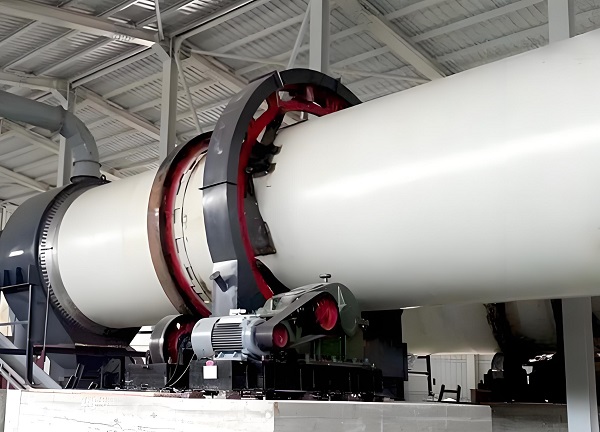
Rotary kiln belongs to building material equipment, which can be divided into cement kiln, metallurgy chemical kiln and lime kiln according to different materials.
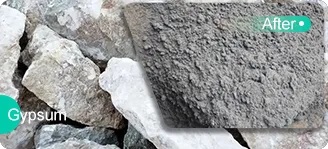
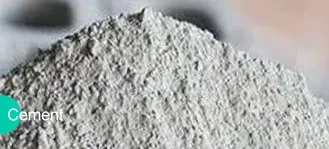
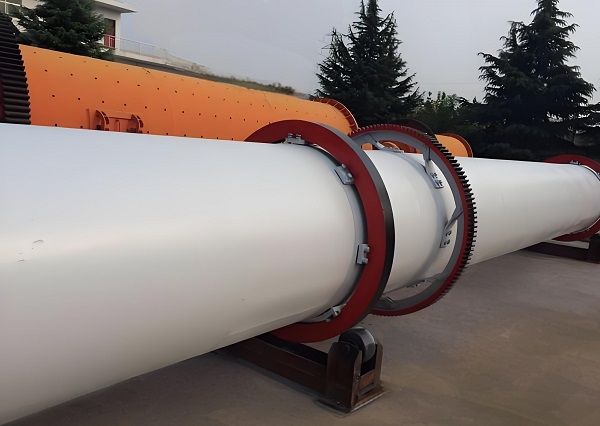
1. The rotary kiln is composed of cylinder device, supporting device, retaining wheel device, transmission device, kiln head and kiln tail sealing device, kiln head fixed screen, structural cooling air box and lubrication system and other parts.
2. The calcination process of the rotary kiln is composed of gas flow, fuel combustion, heat transfer and material movement. The working process is to make the fuel fully combustible, the heat of fuel combustion can be effectively transferred to the material, and the material will generate heat after receiving the heat. A series of physical and chemical changes finally form the finished clinker.
3. The ratio of length to diameter (L/D) is a very important parameter of the rotary kiln. The selection of length-to-diameter ratio should take into account the properties of raw materials, output, quality, heat consumption and the requirements of the entire process. It should ensure low heat consumption, large heat supply capacity, and a series of physical and chemical processes can be successfully completed.
4. Zhongcheng Machinery can configure the rotary kiln equipment for the user, and select the appropriate refractory brick material for the user according to the user's process requirements. We have professional workshop personnel who can lay refractory bricks for the user on site, and truly provide one-stop service to help users successfully put into production and use.
High Automation Level.
Low Energy Consumption.
Waste Heat be Reused Effectively.
The lime rotary kiln is with advanced structure.
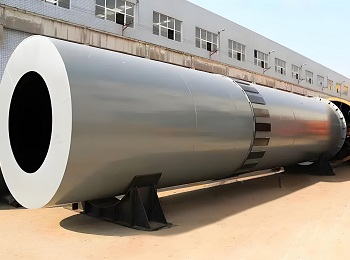
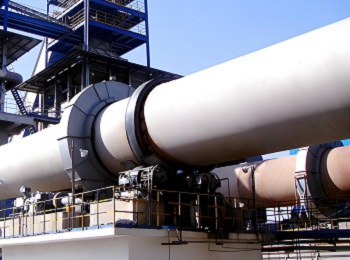
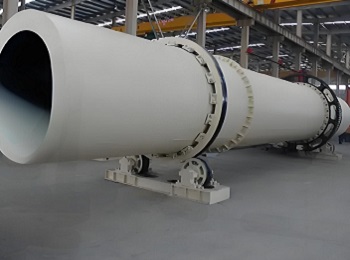
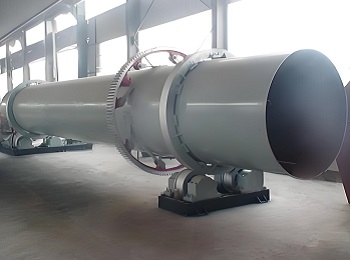
The kiln is a cylindrical vessel, inclined slightly to the horizontal, which is rotated slowly about its axis. The material will be calcined in the shell after feeding at the head of the kiln. The fuel will be spurted from the kiln tail and start burning. The hot air from the end blow into the kiln directly impacting the raw materials. And then will be turned over along the direction of circle and mixing from the high-end to low-end along the axial because of the shell’s slope and low speed rotation. The material will be calcined into the clinker after discomposition, calcination and cooling process. So they will discharge from the low-end.

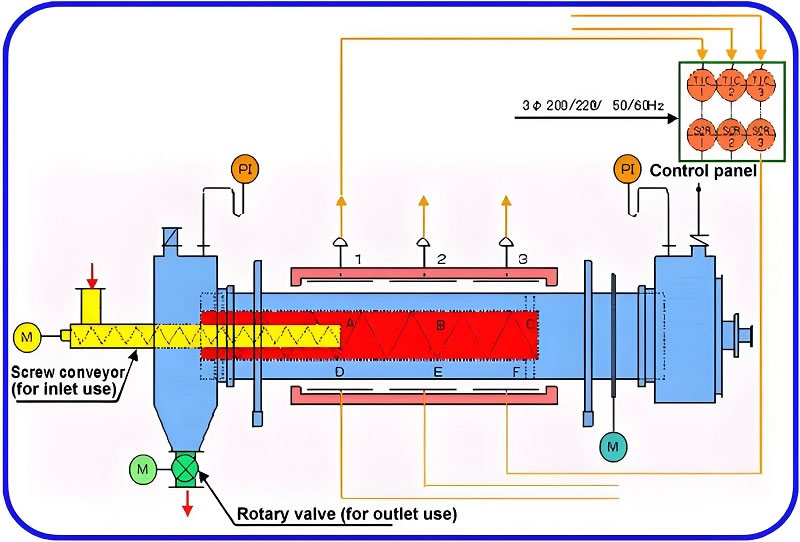
| Model | Rotary kiln specification | motor power(kw) | Total weight(ton) | ||||
|---|---|---|---|---|---|---|---|
| Diameter(m) | Length (m) | Inclined angle(%) | Capacity(t/d) | Speed(r/min) | |||
| Φ2.5×40 | 2.5 | 40 | 3-5 | 180 | 0.44-2.44 | 55 | 149.61 |
| Φ2.5×50 | 2.5 | 50 | 3-5 | 200 | 0.62-1.86 | 55 | 187.37 |
| Φ2.5×54 | 2.5 | 54 | 3-5 | 280 | 0.48-1.45 | 55 | 196.29 |
| Φ2.7×42 | 2.7 | 42 | 3-5 | 320 | 0.10-1.52 | 55 | 198.5 |
| Φ2.8×44 | 2.8 | 44 | 3-5 | 450 | 0.437-2.18 | 55 | 201.58 |
| Φ3.0×45 | 3 | 45 | 3-5 | 500 | 0.5-2.47 | 75 | 201.94 |
| Φ3.0×48 | 3 | 48 | 3-5 | 700 | 0.6-3.48 | 100 | 237 |
| Φ3.0×60 | 3 | 60 | 3-5 | 800 | 0.3-2 | 100 | 310 |
| Φ3.2×50 | 3.5 | 50 | 3-5 | 1000 | 0.6-3 | 125 | 278 |
| Φ3.3×52 | 3.3 | 52 | 3-5 | 1300 | 0.266-2.66 | 125 | 283 |
| Φ3.5×54 | 3.5 | 54 | 3-5 | 1500 | 0.55-3.4 | 220 | 363 |
| Φ3.6×70 | 3.6 | 70 | 3-5 | 1800 | 0.25-1.25 | 125 | 419 |
| Φ4.0×56 | 4 | 56 | 3-5 | 2300 | 0.41-4.07 | 315 | 456 |
| Φ4.0×60 | 4 | 60 | 3-5 | 2500 | 0.396-3.96 | 315 | 510 |
| Φ4.2×60 | 4.2 | 60 | 3-5 | 2750 | 0.41-4.07 | 375 | 633 |
| Φ4.3×60 | 4.3 | 60 | 3-5 | 3200 | 0.396-3.96 | 375 | 583 |
| Φ4.5×66 | 4.5 | 66 | 3-5 | 4000 | 0.41-4.1 | 560 | 710.4 |
| Φ4.7×74 | 4.7 | 74 | 3-5 | 4500 | 0.35-4 | 630 | 849 |
| Φ4.8×74 | 4.8 | 74 | 3-5 | 5000 | 0.396-3.96 | 630 | 899 |
| Φ5.0×74 | 5 | 74 | 3-5 | 6000 | 0.35-4 | 710 | 944 |
| Φ5.6×87 | 5.6 | 87 | 3-5 | 8000 | Max4.23 | 800 | 1265 |
*The output will vary according to different materials, feed particle size and other factors.
Save Time! Get A Detailed Quotation Quickly.
